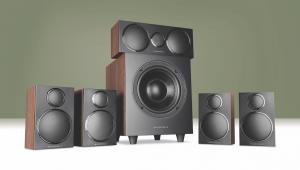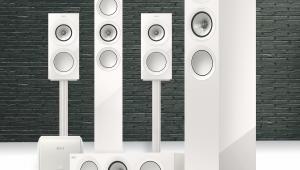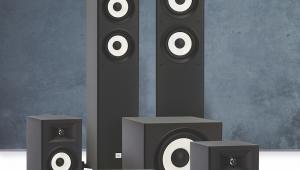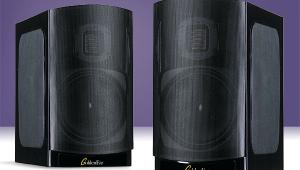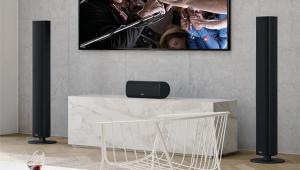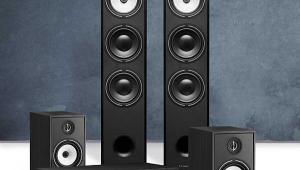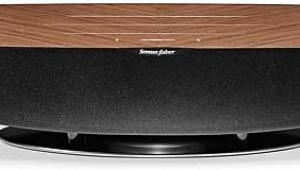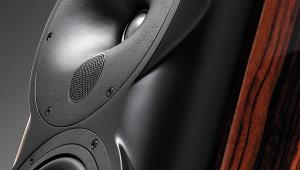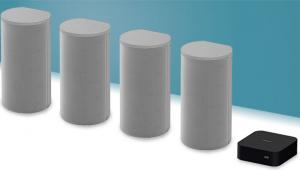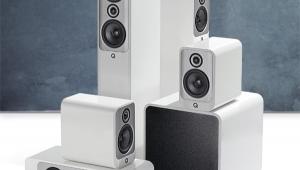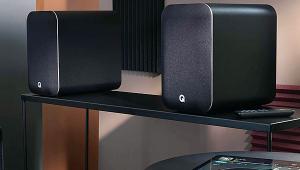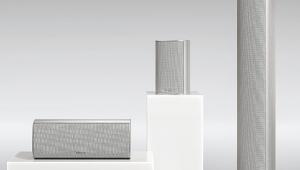Sony HT-A9 immersive audio system review, Page 2
What's genuinely surprising is just how seamless its soundstage is. There are no sonic gaps between speakers front and back, and the balance appears entirely natural.
With any phantom execution, you run the risk of adding a somewhat diffuse element to the soundstage, but here I felt that I was literally surrounded by physical speakers. This synthesis was ably demonstrated during Call of Duty: Warzone. Here, as the fog of war shrinks your combat area, the HT-A9 places encroaching combatants with ease. I could distinctly hear them manoeuvring behind and to the side. Flyovers were also smooth and dramatic.
While the system lacks a physical subwoofer, there's still a pronounced bass extension. Objects thump and land with satisfying heft. You can add a wireless sub as an optional extra – both Sony's SA-SW3 and larger SA-SW5 are compatible – if you feel the need.
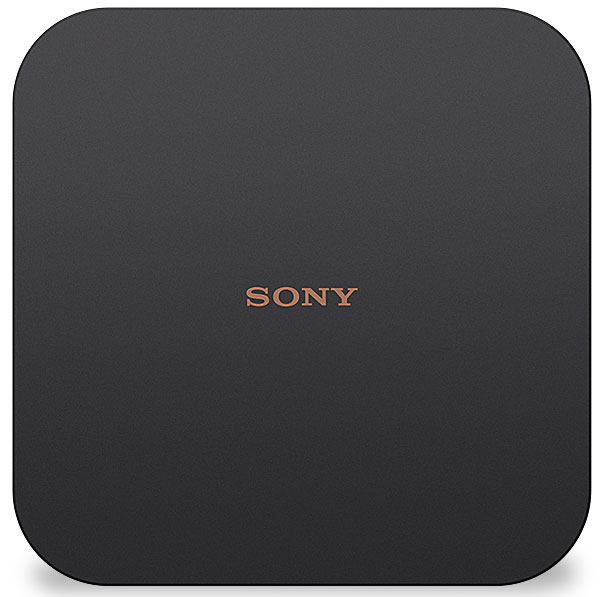
The HT-A9 is impressively dynamic. When there's a sudden burst of enemy fire, or large explosion, its sound hits with whip-crack speed. But it's not just the flashy stuff its does well – the sense of immersion is outstanding. In episode four of Moon Knight (Disney+), the bingo caller ('B22 anyone? Anyone got B22?') moves from front right to front left, then smoothly to the rear, and then into immersive ambiance, before heading front left ('N39?') as we track back to Oscar Isaac's visage. It's a gorgeous piece of sound design which the 360 Spatial Sound Mapping system absolutely gets right, and to replicate this level of sonic immersion using physical speakers rather than DSP hocus pocus would be an installation challenge.
Two-Channel Makeover
The HT-A9 is Atmos and DTS:X compatible, and offers two-channel upscaling via Immersive Audio processing, easily accessed by a large button on the remote. There's also support for Sony's 360 Reality Audio music format, and hi-res audio playback.
That aforementioned Acoustic Centre Sync output allows a Bravia TV to function as the centre speaker in an HT-A9 setup, although this will introduce a whole new timbre to the mix, which doesn't strike me as wise. The system isn't calibrated with the TV as a live speaker either, you have to tell the HT-A9 where the set is after the fact. The setup default makes the assumption that any display device is positioned between the front left/right speakers.
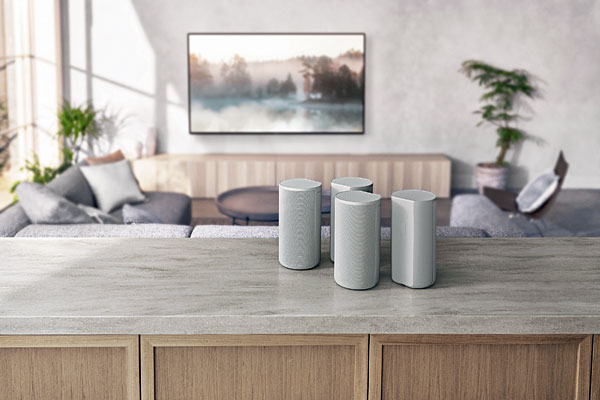
Beyond my calibration niggles, I enjoyed using the HT-A9. The control box provides a simple, graphical user interface for your TV with Watch, Listen and Setup tabs. Watch gives you the option of selecting that single HDMI input as your source, while Listen has quick access to Bluetooth, Spotify and Google Chromecast.
The remote control offers a fair amount of additional fiddling, including rear sound and bass volume levels, as well as audio presets for Cinema, Music and Standard. There's also a dynamically restricted Night mode, plus Voice emphasis (neither of which are recommended).
Master Of Immersion
There's no question that the HT-A9 creates a more involving soundstage than the majority of Dolby Atmos soundbars, even posh ones with upfiring Dolby Atmos drivers, but remarkably it's also equal to a good mid-range AV receiver and physical loudspeaker package.
There is, of course, one obvious shortfall: that single HDMI input on the control box is a limitation. The system relies on your screen's ability to act as the primary switch and source for AV gear and streaming services. You'll need to take stock of your setup to see just how practical this restriction proves to be.
As an alternative to a soundbar and even a full-blown home cinema system in a living room space, though, Sony HT-A9 is hugely impressive with movies, games and music. In fact, I'd say this inaugural implementation of 360 Spatial Sound Mapping with Monopole Synthesis is as much of a game changer as it is a tongue twister. Get an audition – I reckon you'll be over the moon.
HCC Verdict
Sony HT-A9
Price: £1,799
www.sony.co.uk
We say: This stunning four-speaker system creates convincing immersive audio, with phantom speakers that sound smoother than the real thing. The results are astonishing.
Overall: 5/5
Specifications
DRIVE UNITS: 1 x 19mm soft dome tweeter; 1 x X-Balanced woofer; 1 x X-Balanced upfiring Dolby Atmos driver (per speaker) ONBOARD POWER (CLAIMED): 504W total output CONNECTIONS: 1 x HDMI input; 1 x HDMI output with ARC/eARC; S-Centre output; Ethernet; USB (for firmware updates) Dolby Atmos/DTS:X: Yes/Yes Separate subwoofer: No REMOTE CONTROL: Yes Dimensions (speaker): 147(w) x 313(h) x 160(d)mm WEIGHT: N/A
FEATURES: Wi-Fi; Bluetooth; S-Master HX amplification; 360 Spatial Sound Mapping and Monopole Synthesis; Auto Sound, Cinema, Music and Standard presets; Night Mode; Voice Mode; Immersive Audio Enhancement; Auto HDR Tone Mapping and Auto Genre Picture Mode for PlayStation 5; HDR passthrough (incl. Dolby Vision); Works with Alexa; Google Chromecast; Spotify Connect; Apple AirPlay 2; optional subwoofer; 4K/120 playback; Sound Field Optimisation; wireless connection between control box and speakers
 |
Home Cinema Choice #351 is on sale now, featuring: Samsung S95D flagship OLED TV; Ascendo loudspeakers; Pioneer VSA-LX805 AV receiver; UST projector roundup; 2024’s summer movies; Conan 4K; and more
|




